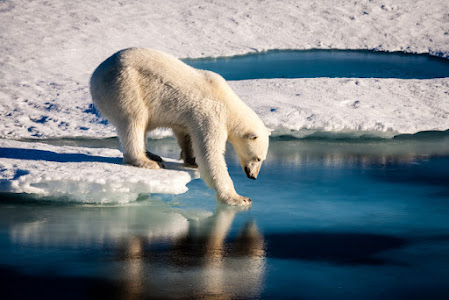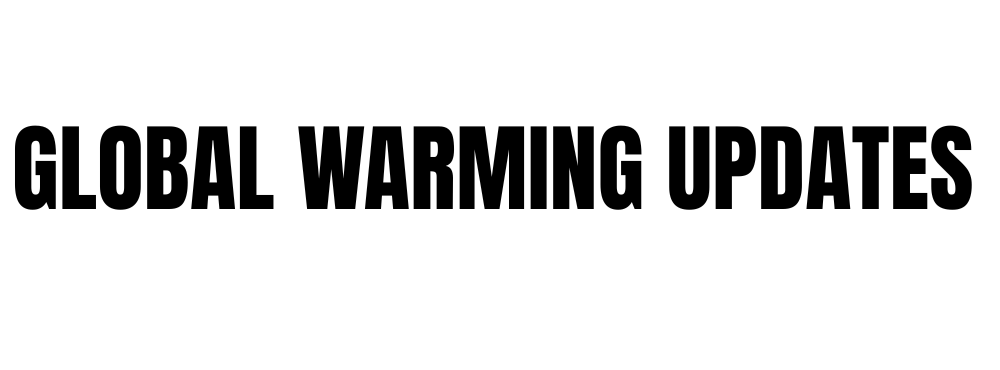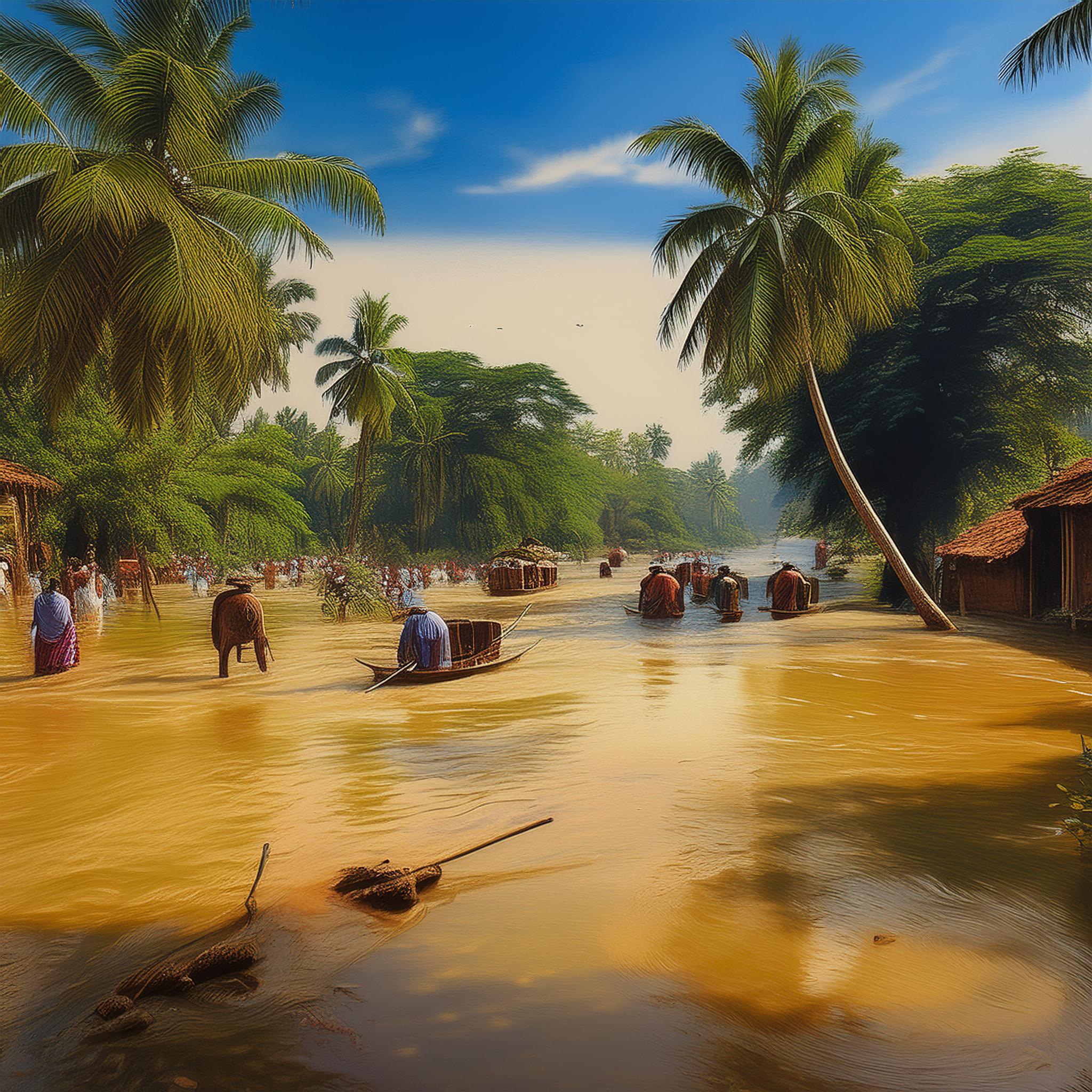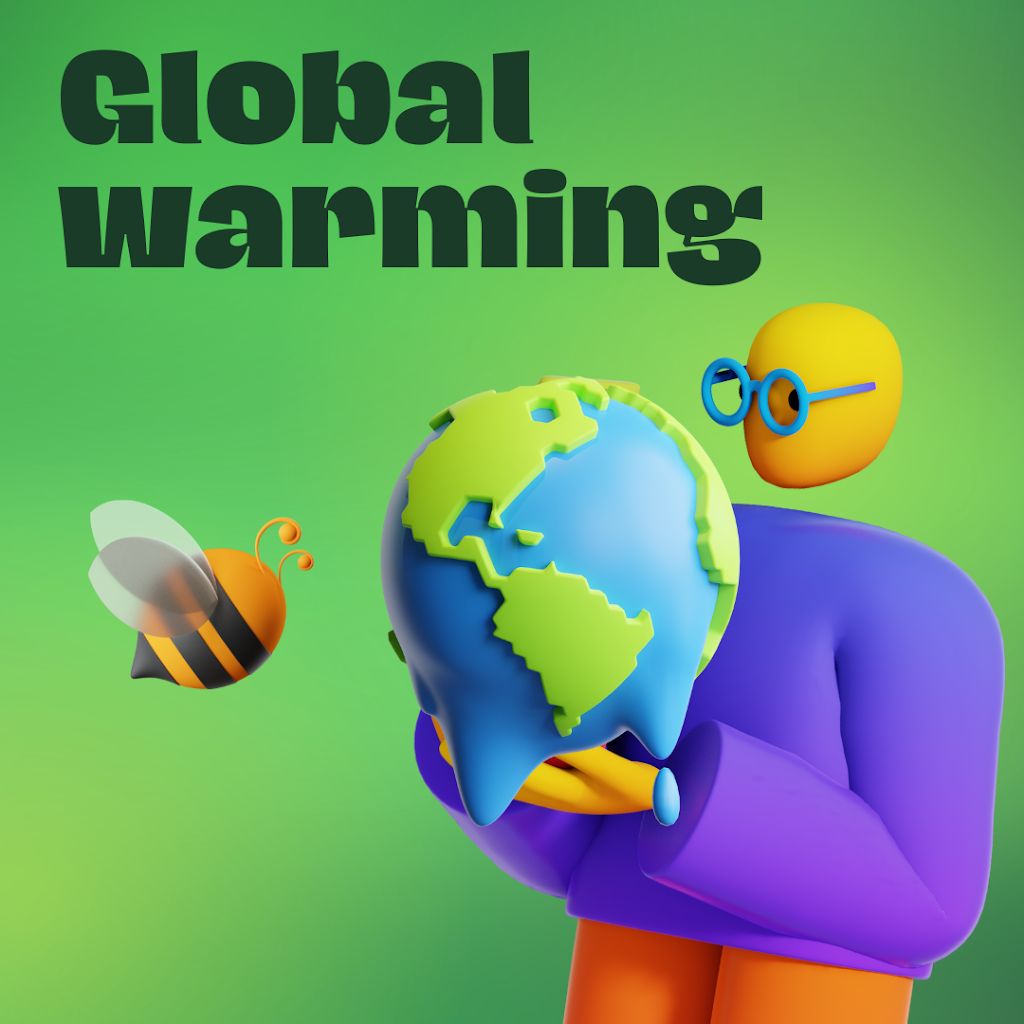
Climate change is having a significant impact on animals and wildlife around the world. Some of the key ways in which climate change affecting animals include:
Climate Change Affecting Animals In Global Warming
Habitat Loss: Rising global temperatures, changing precipitation patterns, and extreme weather events are altering ecosystems and causing habitat loss for many species. This can lead to a loss of suitable places for animals to live, feed, and reproduce.
Altered Migration Patterns: Many animals, such as birds and certain marine species, rely on specific temperature and environmental cues for migration. Climate change can disrupt these cues, causing animals to arrive at breeding or feeding grounds at the wrong times, affecting their survival and reproduction.
Changes in Food Availability: Shifts in climate can impact the availability of food sources for animals. For example, changes in temperature and ocean currents can affect the distribution and abundance of fish, which can impact marine animals like seals and sea birds.
Increased Competition and Predation: As animals’ habitats and food sources change, they may come into contact with new competitors or predators, which can affect population dynamics and even lead to local extinctions.
Stress and Disease: Rising temperatures and changes in ecosystems can lead to increased stress on animals, making them more susceptible to diseases. Warmer temperatures can also expand the range of disease-carrying vectors, such as ticks and mosquitoes, which can impact both wildlife and humans.
Ocean Acidification: The absorption of excess carbon dioxide by the world’s oceans is leading to ocean acidification. This can harm marine animals, especially those with calcium carbonate shells or skeletons, like coral reefs, shellfish, and certain plankton species.
Shifts in Breeding Seasons: Many animals time their breeding seasons to coincide with the availability of food. Climate change can alter the timing of food availability, leading to mismatches between when young animals are born and when their food sources are abundant.
Endangerment and Extinction: Climate change can push vulnerable species closer to the brink of extinction. Those already at risk due to factors like habitat loss, pollution, or overexploitation may be particularly susceptible to the added stress of a changing climate.
Conservation efforts and strategies to mitigate the effects of climate change on animals include the establishment of protected areas, habitat restoration, and efforts to reduce greenhouse gas emissions. These actions are essential to help protect and preserve biodiversity in the face of a changing climate In Global warming.









